SEO: This is the third post on SEO, the link to the first two posts are given here:
SEO – Keyword Research and Optimization
- Mastering the art of keyword research and optimization is crucial whether you’re:
- A small business ownerA blogger, or
- An SEO professional
- Understanding the following is important:
- How to find the right keywords? How to optimize them to drive traffic?
- How to create engagement and conversions?
- Let’s see the essential strategies for:
- Finding relevant keywords
- Techniques for-page optimization
Finding Relevant Keywords
- The backbone of SEO is:
- Keyword research
- It’s the process of identifying the search terms:
- People use to find content similar to yours.
- These keywords help align your website’s content with:
- What your audience is looking for?
- Here’s how you can uncover the best keywords for your business:
Brainstorm Seed Keywords
- Start by thinking about the words or phrases that are most relevant to your topic or business.
- These are your “seed keywords.
- ” For example, if you run a fitness blog, your seed keywords might include:
- Workout routines
- Nutrition tips or
- Yoga for beginners
Use Keyword Research Tools
- Leverage keyword research tools like:
- Google Keyword Planner
- Ahrefs
- SEMrush, or
- Ubersuggest
- These platforms provide data on:
- Keyword search volume
- Competition
- Trends.
- You can input your seed keywords to discover related keywords and long-tail variations, which tend to be more specific and less competitive.
Analyze Competitor Keywords
- Look at what your competitors are ranking for by analyzing their content.
- The helping tools to discover the keywords that are driving traffic to their websites are:
- Ahrefs’ Site Explorer, or
- SEMrush’s Domain Overview
- This tactic can reveal opportunities for you to target keywords they might have overlooked.
SEO – Focus on User Intent
- It’s important to understand the search intent behind each keyword.
- Are users looking for information, products, or services?
- By tailoring your keywords to match what users are searching for:
- You can create content that meets their needs.
- It will improve your chances of ranking higher.
Long-Tail Keywords for Targeted Traffic
- Long-tail keywords, typically more specific and longer phrases have less competition and often convert better. e.g.:
- “best yoga routines for back pain”
- They bring in more qualified traffic.
- It means:
- Visitors are more likely to engage or convert.
- Because their search query is very specific.
Techniques for On-Page Optimization

- When identification of the relevant keywords is done, the next step is to:
- Implement on-page optimization techniques.
- It is important that strategically use your keywords in the content to:
- Improve search engine rankings
- Make it easier for both users and search engines to understand:
- What your page is about?
Optimize Your Title Tags
- The one of the most critical elements for SEO is title tag.
- It Include your primary keyword close to the beginning of the title.
- Keep it between 50-60 characters.
- While clearly representing the content on the page make it compelling for users to click.
- For example, instead of a vague title like:
- “Ways to Get Fit,”
Optimize it to:
- “10 Easy Workout Routines for Weight Loss.”
Meta Descriptions
- Meta descriptions don’t directly affect rankings.
- But they can influence click-through rates.
- Write a concise, keyword-rich description (around 155-160 characters)
- It provides a clear summary of the page content and includes a call-to-action.
- For instance:
- Discover easy-to-follow yoga routines to reduce back pain.
- Start your fitness journey today!
SEO – Keyword Placement in Headings
- The page’s headings (H1, H2, H3, etc.) structure the content for:
- Readability
- Search Engine Optimization
- The H1 tag, typically the title, should include the primary keyword.
- Subsequent headings should contain variations of your target keywords to:
- Reinforce the topic
- Improve relevancy
Content Optimization and SEO
- Your content should naturally incorporate your primary and related keywords.
- Aim for a keyword density of about 1-2%,
- Avoiding keyword stuffing. It can lead to penalties.
- Focus on delivering high-quality, valuable content that answers users’ questions and keeps them engaged.
- Also, sprinkle your long-tail keywords throughout the content.
- For example, if your primary keyword is “yoga routines,” you could also use variations like “easy yoga routines for beginners” or “best yoga poses for flexibility.”
SEO – Optimize Images and Alt Text
- Images enhance the user experience, but they also offer SEO opportunities.
- Compress your images for faster loading times.
- Use descriptive file names that include Keywords.
- Additionally, add keyword-rich alt text to:
- Describe the images for search engines
- Helping them index the content more effectively
Internal Linking
- Linking to other relevant pages improves navigation.
- Also it helps search engines crawl your site.
- Use anchor text:
- It should contain keywords to guide:
- Users
- Search engines
- It should contain keywords to guide:
- This can boost the rankings of both:
- The page you’re linking
- The page you’re linking from
URL Optimization
- Your URL should be clean, and concise, and include your target keyword.
- Avoid long, cluttered URLs with numbers or random strings of characters.
- Instead, use hyphens to separate words and include your main keyword, such as:
- “yourwebsite.com/yoga-routines-for-beginners.”
SEO – Mobile Optimization
- With the rise of mobile searches:
- Ensuring your website is mobile-friendly is critical for SEO.
- A responsive design adjusting to different screen sizes:
- Improves the user experience
- Boosts your search engine rankings
Conclusion: The Key to SEO Success
- Mastering keyword research and on-page optimization is a key element of a successful SEO strategy.
- You can significantly improve your visibility on search engines by:
- Understanding your audience
- Targeting the right keywords
- Optimizing your website’s content
- Start implementing these strategies today to:
- Watch your organic traffic grow
- Your online presence thrive!







